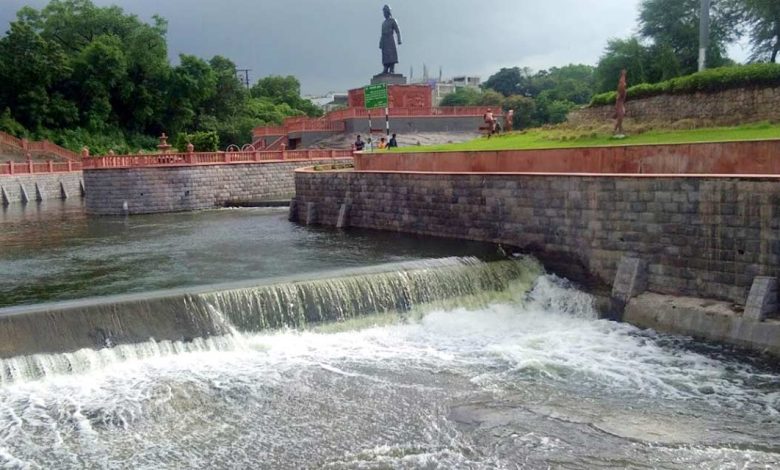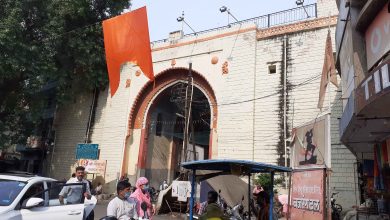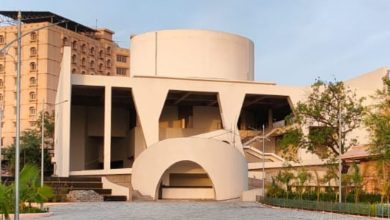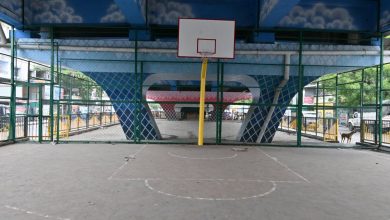Statue 4.2m from Ambazari Dam: Flood Risks and Legal Concerns

Ambazari Dam flood risk: Floods have become a recurrent nightmare for the residents near Ambazari Dam in Nagpur. Recently, they discovered a startling fact: the Swami Vivekananda statue, standing a mere 4.2 meters from the dam’s spillway, is significantly closer than the legally required 55 meters. This revelation has stirred debates on safety, legal adherence, and urban planning. Let’s dive into the complexities and implications of this situation.
Historical Context of Ambazari Dam
The Importance of Ambazari Dam
The Ambazari Dam, an 11-meter-high structure, plays a crucial role in managing Nagpur’s water resources. Constructed with the primary aim of controlling floodwaters and providing irrigation, it has been a cornerstone of the region’s water management strategy.
Legal Framework and Construction Norms
According to the directives from the irrigation department, no construction is allowed within an area equivalent to five times the height of the dam. This rule is in place to ensure safety and manage flood risks efficiently. With Ambazari Dam standing at 11 meters, any structure should be at least 55 meters away.
Discovery of the Statue’s Proximity
Residents’ Investigation
Flood-affected residents, led by retired civil engineer Yeshwant Khorgade, measured the distance between the spillway and the statue. To their surprise, they found it to be only 4.2 meters—far less than the legally required distance.
Violation of Construction Rules
Khorgade highlighted this significant breach of regulations, emphasizing the potential hazards. The construction of the statue so close to the dam not only violates legal norms but also poses a substantial flood risk.
Flood Risks Posed by the Statue
Obstruction of Water Flow
The spillway, designed to discharge 320 cubic meters of water per second, faces obstruction due to the statue’s proximity. The adjacent spillway channel is only 5.7 meters wide, further constricting water flow.
Required Spillway Area
Experts estimate that an area of 60 square meters is needed to maintain optimal water velocity. The statue, occupying crucial space, disrupts this requirement, thereby increasing the risk of overflow and flooding.
Residents’ Concerns and Actions
Exposure of the Issue
Residents have been vocal about the narrow width of the Nag river, especially within the Krazy Castle premises, where it narrows down to a mere 9 meters. They fear that heavy rains could lead to flash floods, exacerbated by the statue’s obstruction.
Legal and Administrative Measures
An affidavit submitted to the Nagpur bench of Bombay High Court by Divisional Commissioner Vijaylaxmi Bidari reveals that the Central Water and Power Research Station (CWPRS) in Pune is studying the situation. This study will help ascertain whether the statue significantly contributes to flood risks.
Government and Administrative Response (Ambazari Dam flood risk)
CWPRS Study
Bidari has requested nine months for CWPRS to complete their study. This period will be used to gather data, analyze the situation, and provide a comprehensive report on the statue’s impact on flood risks.
Preparations for Possible Relocation
The Nagpur Municipal Corporation (NMC) is preparing to relocate the statue if the CWPRS report indicates a flood risk. This includes searching for an alternative location, assessing technical feasibility, estimating costs, and preparing tender documents.
Recent Developments
Dredging and Desilting Efforts
Bidari, along with other officials, recently inspected dredging and desilting work on the Nag river between Ambazari Ghat and NIT skating rink. This initiative aims to improve water flow and reduce flood risks.
Removal of Obstructions
MahaMetro officials have committed to removing eight bridges and other obstructions within the Krazy Castle premises. These efforts, scheduled for completion within eight weeks, are expected to significantly improve water flow and mitigate flood risks.
Broader Implications (Ambazari Dam flood risk)
Urban Planning and Safety
This situation underscores the importance of adhering to construction norms and considering environmental and safety implications in urban planning. The violation at Ambazari Dam is a stark reminder of the consequences of neglecting these aspects.
Community Involvement
The proactive stance of residents in exposing this issue highlights the crucial role of community involvement in urban governance. Their efforts have not only brought attention to the problem but also spurred administrative action.
The discovery of the Swami Vivekananda statue’s proximity to Ambazari Dam raises significant safety and legal concerns. With the potential to obstruct water flow and exacerbate flood risks, this situation demands immediate attention and action. As we await the results of the CWPRS study, it is imperative for the authorities to prioritize safety and legal compliance in urban planning.
1. What is the legal distance for constructions near Ambazari Dam?
The law requires a minimum distance of 55 meters from the dam, calculated as five times its height.
2. How does the statue affect flood risks?
The statue obstructs the spillway, reducing water flow capacity and increasing the risk of flooding.
3. What actions are being taken to address the issue?
The CWPRS is conducting a study to assess flood risks, and the NMC is preparing to relocate the statue if necessary.
4. What role do residents play in this issue?
Residents have been instrumental in highlighting the problem and pushing for administrative action.
5. What are the broader implications of this situation?
This issue highlights the importance of adhering to construction norms and the need for community involvement in urban planning.









